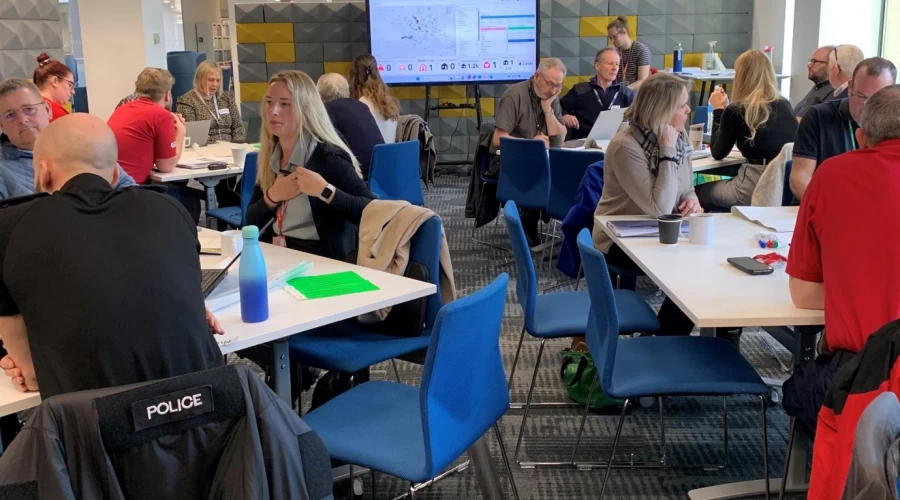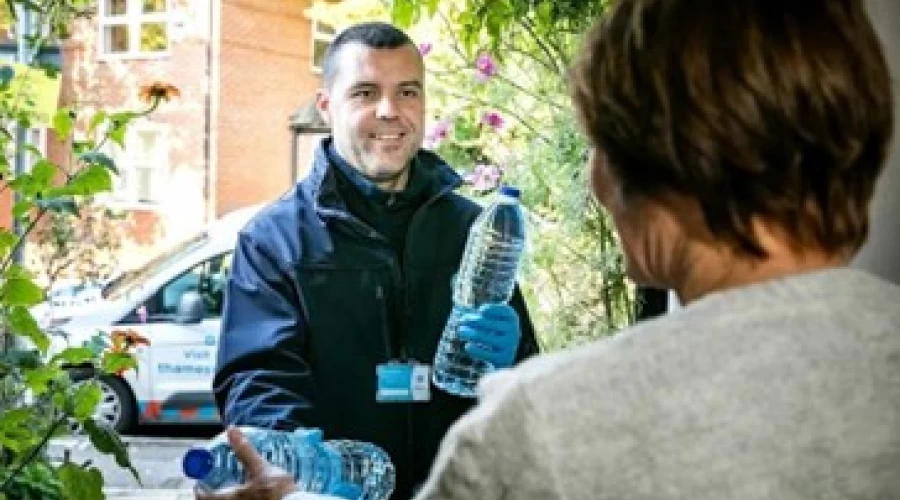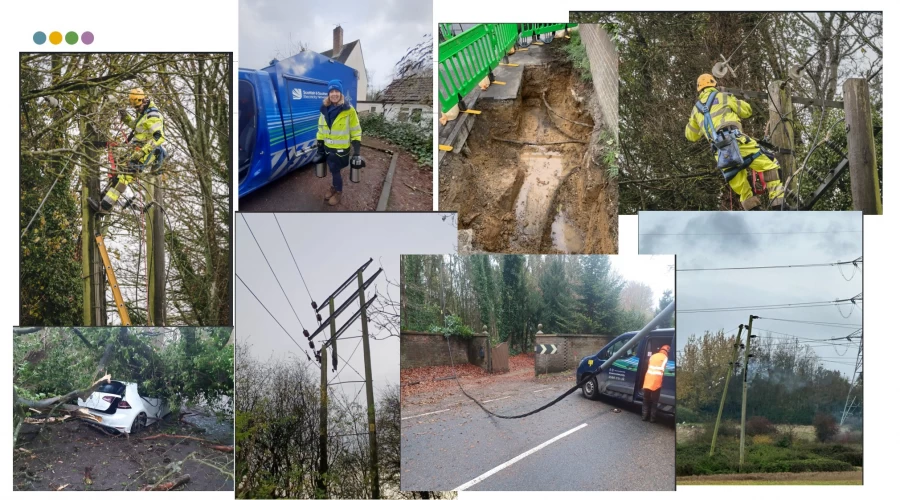Exercise RISE - Vulnerable People Dashboard on the Esri Platform

The Local Resilience Forum (LRF) works together to plan, prepare, to respond to and recover from incidents. Each incident will present its unique challenges and it is fundamental that the LRF learn from these and modify plans and preparatory work so it can respond more effectively in the future.
We live in an age where data and information is protected and cannot be shared. However, the Civil Contingencies Act, which is the legislation that governors LRFs, allows information to be shared amongst agencies when there is a threat to life. Without this legislation, an LRF would be constrained with how it helps protect its communities - especially the most vulnerable.
Data of an individual is stored within single agencies in various different formats whether it is health records with a GP practice, priority service data with a utility company or assisted bin collection data with a local authority.
During a live incident where there is a risk to life, this data can be requested but it will only be broad, overarching information e.g. whether someone is vulnerable and requires assistance should evacuation be necessary.
As this data is held in different formats by different agencies, this presents a time-critical challenge during the incident.
In order to collate vulnerable data in a timely manner, Wiltshire & Swindon LRF are developing a vulnerable people data-capture system called Beacon. Beacon has been developed to distil multiple sets of vulnerable people data from multiple agencies to produce one set of data. Only the addresses of the identified vulnerable people are used, names and other personal details are removed at source. The addresses are held securely and only used during the incident; once the risk to life has passed, the system is wiped.
Related News

Wiltshire Council top tips
3m read
Top tips to shop sustainably and reduce waste this Christmas from Wiltshire Council

Wiltshire Council shares advice on how you can help rough sleepers this winter
1m read
Wiltshire Council shares advice on how you can help rough sleepers this winter
Part of developing Beacon was to stress-test the system by the LRF partnership. This enabled the system to be put to the test using it for multiple stages of an incident and to assess the efficiency in the management of information flow and sharing of data. The stress-test also compared Beacon to current door knocking practices and how the system can help with rest-centre management.
The stress-test was held early in December and was attended by category 1, category 2 agencies, defence and the voluntary sector. A ‘rising-tide’ event started the test with a weather scenario. The scenario saw deteriorating weather conditions to such an extent that a major incident was declared. This led to the evacuation of several post code areas within Wiltshire and Swindon due to high winds and flooding. Those evacuated had the option to go to a rest centres which were managed by the Local Authorities. Evacuation was done on priority of vulnerabilities.
Each stage of the stress-test compared how the LRF currently work together and how this could be enhanced using Beacon.
Each agency that attended had the opportunity to report on their use of Beacon, what worked well and what could be developed further.
The ongoing development is a ‘proof-of-concept’ and has taken a year; it is a project initiative funded by the Government. Beacon will become a platform for used in response to support the five LRFs in the southwest region.

